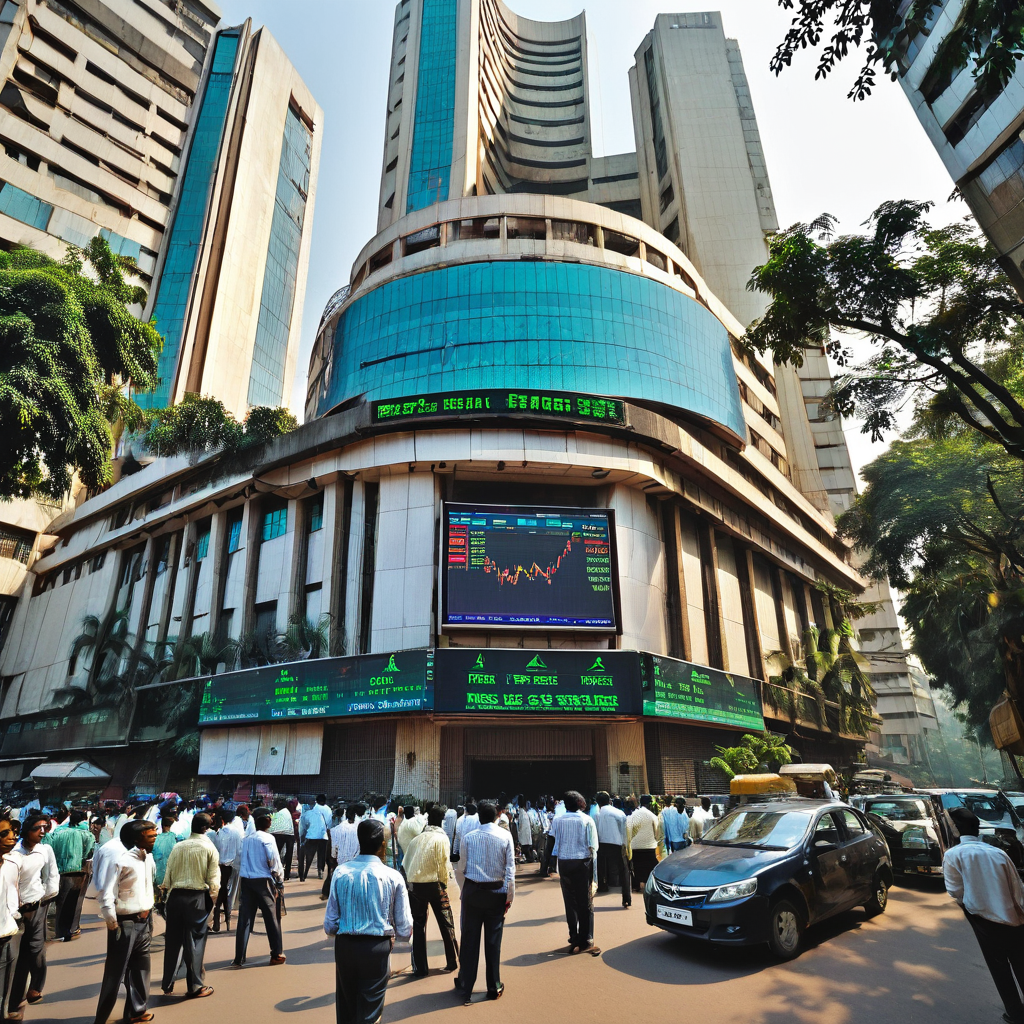The Indian stock market is one of the largest in the world and plays a crucial role in the country’s economy. It comprises various components and operates through multiple exchanges, with the Bombay Stock Exchange (BSE) and the National Stock Exchange (NSE) being the two primary ones.

- Market Structure:
- Primary Market: Where companies raise capital by issuing new shares through Initial Public Offerings (IPOs) or Follow-on Public Offerings (FPOs).
- Secondary Market: Where already issued securities are bought and sold among investors. This includes trading in stocks, derivatives, and other financial instruments.
- Alternative Investment Market: Includes platforms like the National Stock Exchange’s SME Exchange and the BSE SME Exchange, designed for small and medium-sized enterprises to raise capital.
- Major Indices:
- Sensex: The benchmark index of the BSE, consisting of 30 large-cap stocks representing various sectors.
- Nifty 50: The benchmark index of the NSE, comprising 50 stocks representing 13 sectors of the economy.
- Participants:
- Retail Investors: Individual investors who trade in the stock market.
- Institutional Investors: Includes mutual funds, foreign institutional investors (FIIs),Domestic Institutional Investors(DIIS), insurance companies, and pension funds.
- Brokers: Intermediaries who execute buy and sell orders on behalf of investors.
- Market Makers: Entities that provide liquidity by quoting buy and sell prices for specific stocks.
- Regulators: Securities and Exchange Board of India (SEBI) oversees the functioning of the stock market and ensures fair practices.
- Market Segments:
- Large Cap, Mid Cap, and Small Cap: Stocks are categorized based on their market capitalization, with large-cap stocks representing established companies, mid-cap stocks representing medium-sized companies, and small-cap stocks representing smaller companies with higher growth potential.
- Sectoral Indices: There are indices representing specific sectors such as banking, IT, pharmaceuticals, and FMCG (Fast Moving Consumer Goods), allowing investors to track the performance of particular industries.
- Trading Mechanism:
- Trading Hours: The stock market operates from Monday to Friday, with trading hours typically from 9:15 AM to 3:30 PM Indian Standard Time (IST).
- Order Types: Investors can place various types of orders, including market orders, limit orders, stop-loss orders, etc.
- Circuit Breakers: Implemented by exchanges to prevent excessive volatility, circuit breakers halt trading temporarily if the market moves beyond predefined limits.
- Instruments:
- Stocks: Ownership shares in publicly traded companies, representing a portion of the company’s assets and earnings.
- Derivatives: Financial contracts whose value is derived from an underlying asset, such as futures and options.
- Mutual Funds: Investment vehicles that pool money from multiple investors to invest in stocks, bonds, or other assets.
- Investment Strategies:
- Fundamental Analysis: Involves analyzing company financials, industry trends, management quality, and macroeconomic factors to identify undervalued or overvalued stocks.
- Technical Analysis: Focuses on analyzing historical price and volume data to predict future price movements based on chart patterns and technical indicators.
- Value Investing: Seeks to invest in fundamentally strong companies trading at a discount to their intrinsic value.
- Growth Investing: Focuses on investing in companies with high growth potential, even if they may be trading at higher valuations.
- Market Trends and Influences:
- Economic Factors: GDP growth, inflation, interest rates, and government policies influence market sentiment and stock prices.
- Global Events: Developments in international markets, geopolitical tensions, and economic indicators from major economies impact Indian markets.
- Corporate Earnings: Company performance and earnings reports drive stock prices, with quarterly earnings announcements often leading to significant market movements.
- Market Indices Beyond Sensex and Nifty:
- Apart from the Sensex and Nifty, there are several other market indices in India that cater to specific segments or themes, such as:
- Nifty Bank: Comprising banking sector stocks.
- Nifty IT: Comprising information technology sector stocks.
- Nifty Pharma: Comprising pharmaceutical sector stocks.
- Nifty FMCG: Comprising fast-moving consumer goods sector stocks.
- Sectoral and thematic indices covering sectors like energy, infrastructure, and real estate.
- Apart from the Sensex and Nifty, there are several other market indices in India that cater to specific segments or themes, such as:
- Challenges and Risks:
- Volatility: Stock prices can be volatile, influenced by various factors, including economic conditions, corporate performance, and investor sentiment.
- Regulatory Risks: Changes in regulations or government policies can impact market dynamics and investor behavior.
- Systemic Risks: Events such as financial crises or geopolitical tensions can have widespread effects on the stock market.
Conclusion
In summary, the Indian stock market serves as a cornerstone of the nation’s economy, offering diverse investment opportunities and facilitating capital allocation. Despite challenges, regulatory reforms and technological advancements have bolstered transparency and accessibility. With a focus on investor protection and sustainable growth, the market continues to evolve, contributing to India’s economic development and financial inclusion.
